Plant These 8 Squirrel-Resistant Bulbs So Those Furry Rascals Leave Your Garden Alone
Squirrels making a mess of your bulb beds? These squirrel-resistant bulbs are tough nuts they won’t touch. Plant these for spring color without raiding rodents.

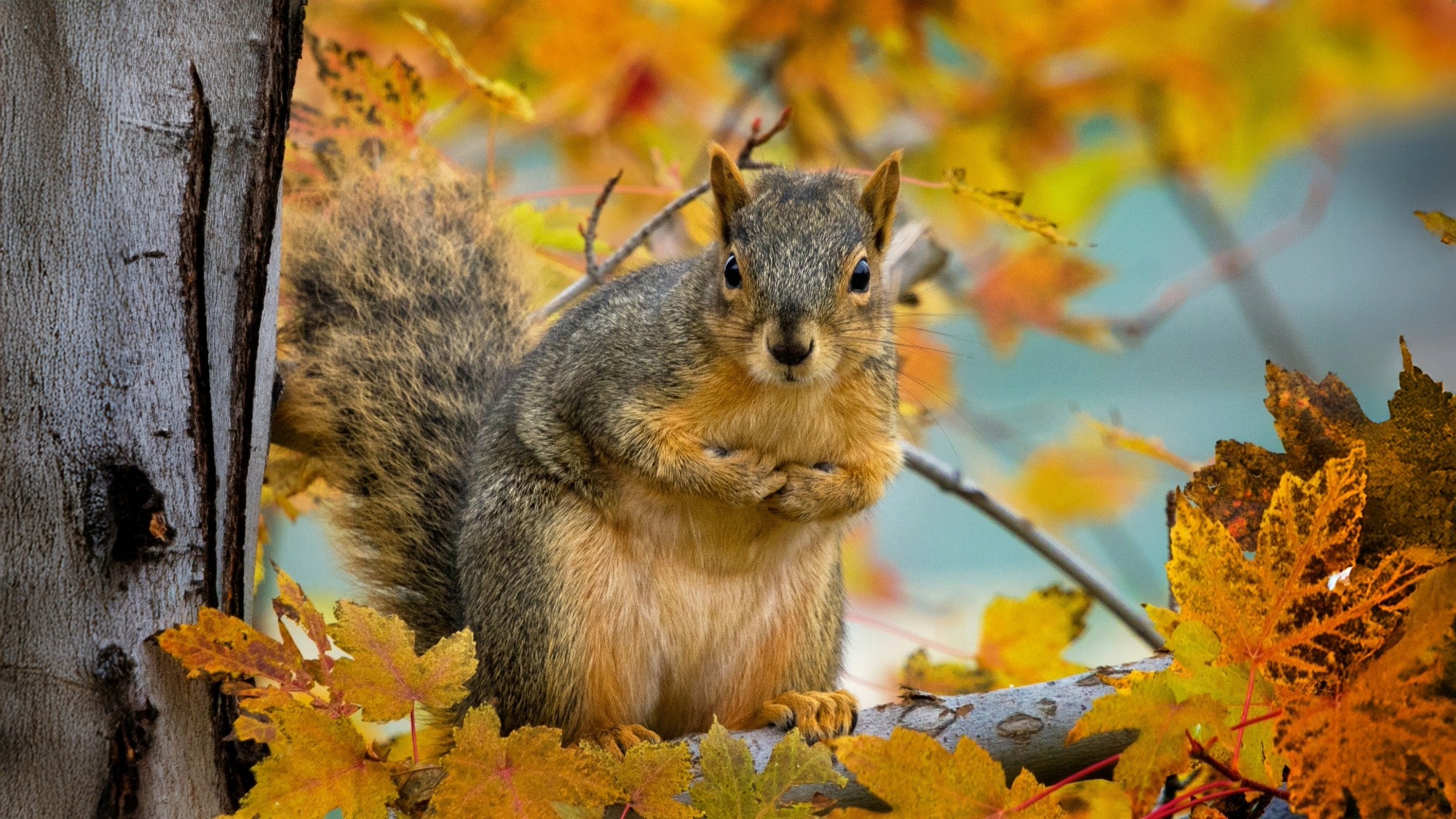
Squirrels treat your fall bulb planting like a free buffet. It’s enough to make you want to shake a rake at them. So what are squirrel-resistant bulbs? Ones that are too tough, bitter, or smelly for their taste.
There are several bulbs that make squirrels turn tail. They’re not bulletproof, but they’re way less likely to get nabbed. Planting a mix of these keeps your garden exploding with color without a constant squirrel fight.
Knowing how to get rid of squirrels boils down to smart bulb choices and a handful of sneaky moves to keep your plantings safe.
Why Squirrels Go After Certain Bulbs
Protecting bulbs from squirrel damage is difficult because they’re searching for food and hoarding for winter. Freshly planted bulbs are soft, starchy, and smell like a snack bar. They paw through loose dirt, grabbing anything tasty. Some are their top pick—soft and sweet like candy. Other bulbs are mistaken for nuts which are also a tasty snack for the winter months.
Squirrel-Resistant Bulbs
However, squirrels will steer clear of bulbs with tough coats or a bad taste. In yards crawling with squirrels, you might lose half your bed before spring, so choosing squirrel-resistant bulbs is the first step to winning that battle.
1. Alliums
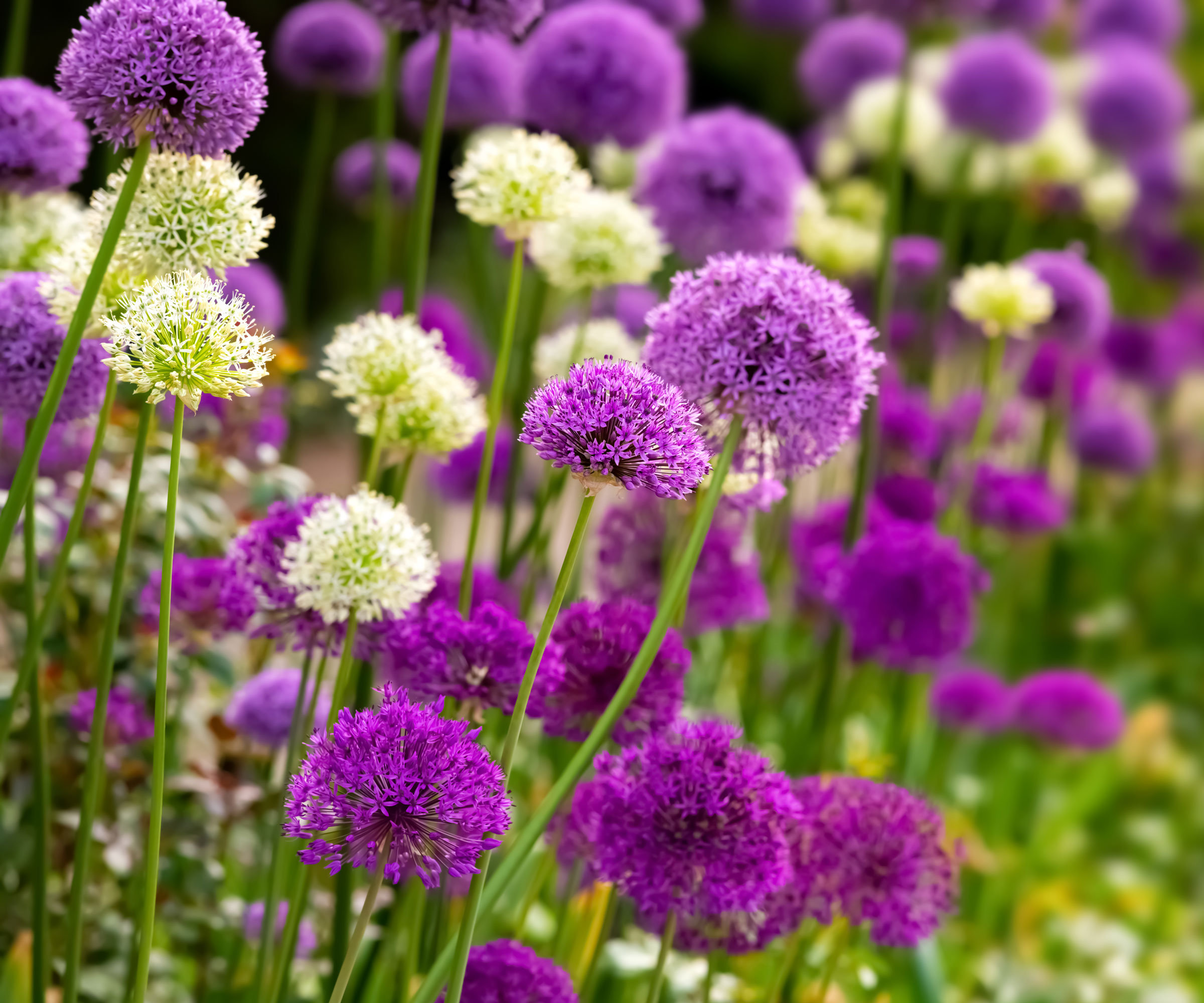
Allium plants give off a sharp onion stink, due to allicin and sulfur compounds that squirrels can’t stand. Their papery skins are a pain to chew through. These late spring to early summer bloomers shoot up big purple or white globes, some 2-4 feet (0.6-1.2 m) tall, pulling in bees like nobody’s business.
They’re a breeze to grow in full sun with decent dirt that drains well. Deer skip them, and that oniony whiff keeps aphids away too. Plant bulbs in fall for a show that sticks around for weeks the next spring. I split mine every 3-4 years to keep them cranking. Plus many are edible and quite tasty!
Sign up for the Gardening Know How newsletter today and receive a free copy of our e-book "How to Grow Delicious Tomatoes".
Alliums are brilliant for borders—they’re tall and bold. They also handle dry spells like champs, so you’re not stuck watering all the time. This soil knife from Amazon is durable and features depth markers for easy bulb planting this fall. (One of our editors even said the soil knife replaced all her other tools and changed how she gardens. It really is that good!)
2. Daffodils
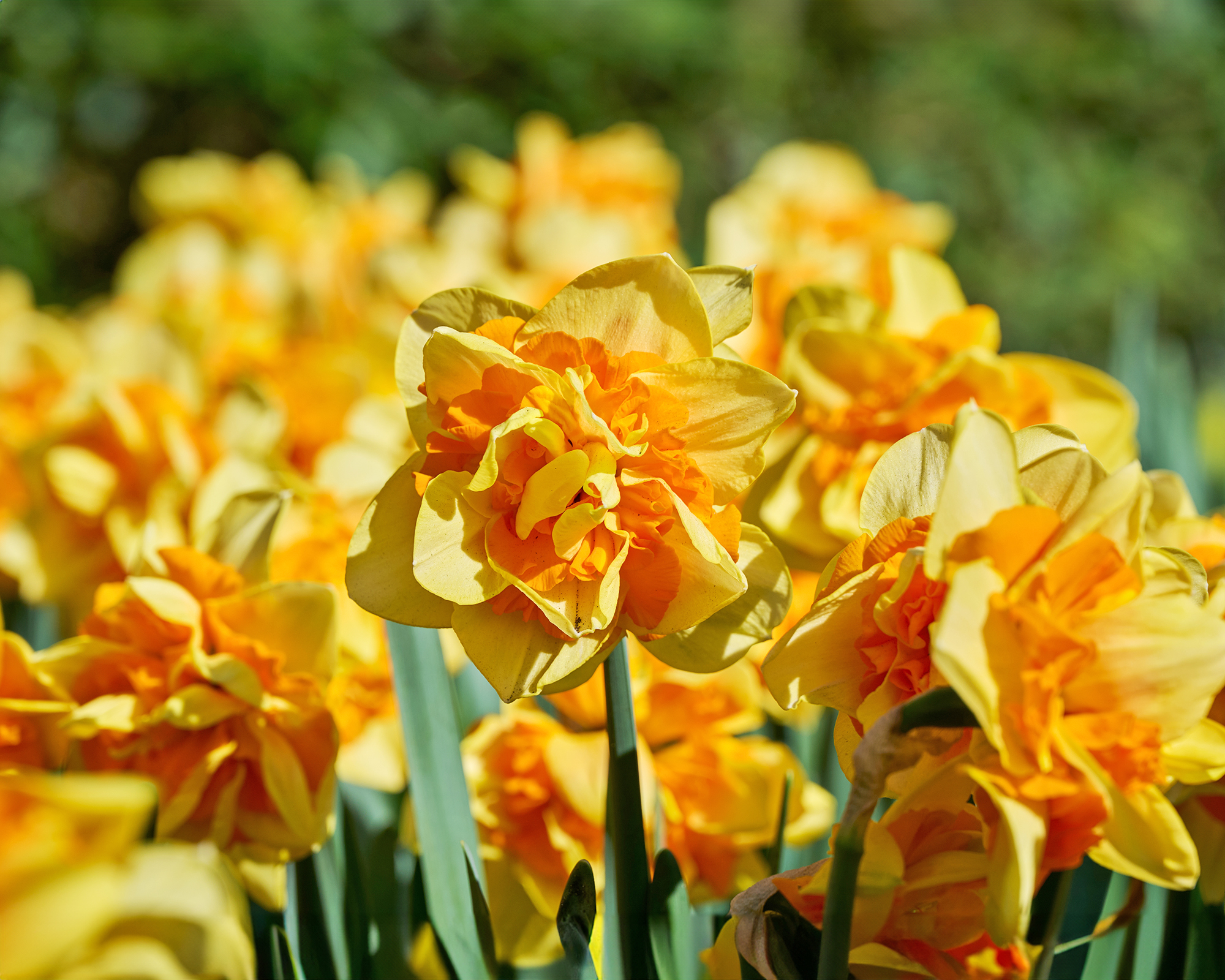
Daffodils have a bitter taste and a toxic chemical inside called lycorine, and other alkaloids that are toxic and bitter that make squirrels gag. Their hard outer shell doesn’t help either. These early spring bloomers, appearing March to April, throw out yellow, white, or orange trumpets that light up dull beds.
They spread on their own, filling gaps over time. Daffodils are deer resistant and rabbit resistant, in addition, they are super low-fuss. Full sun or a bit of shade works fine. Plant in fall, and they’ll keep coming back. Looking to create a magical yard full of daffodils next summer? Easily plant hundreds of bulbs without breaking your back when you use this standing bulb planter that can be found at Lowe's.
3. Frittilaries
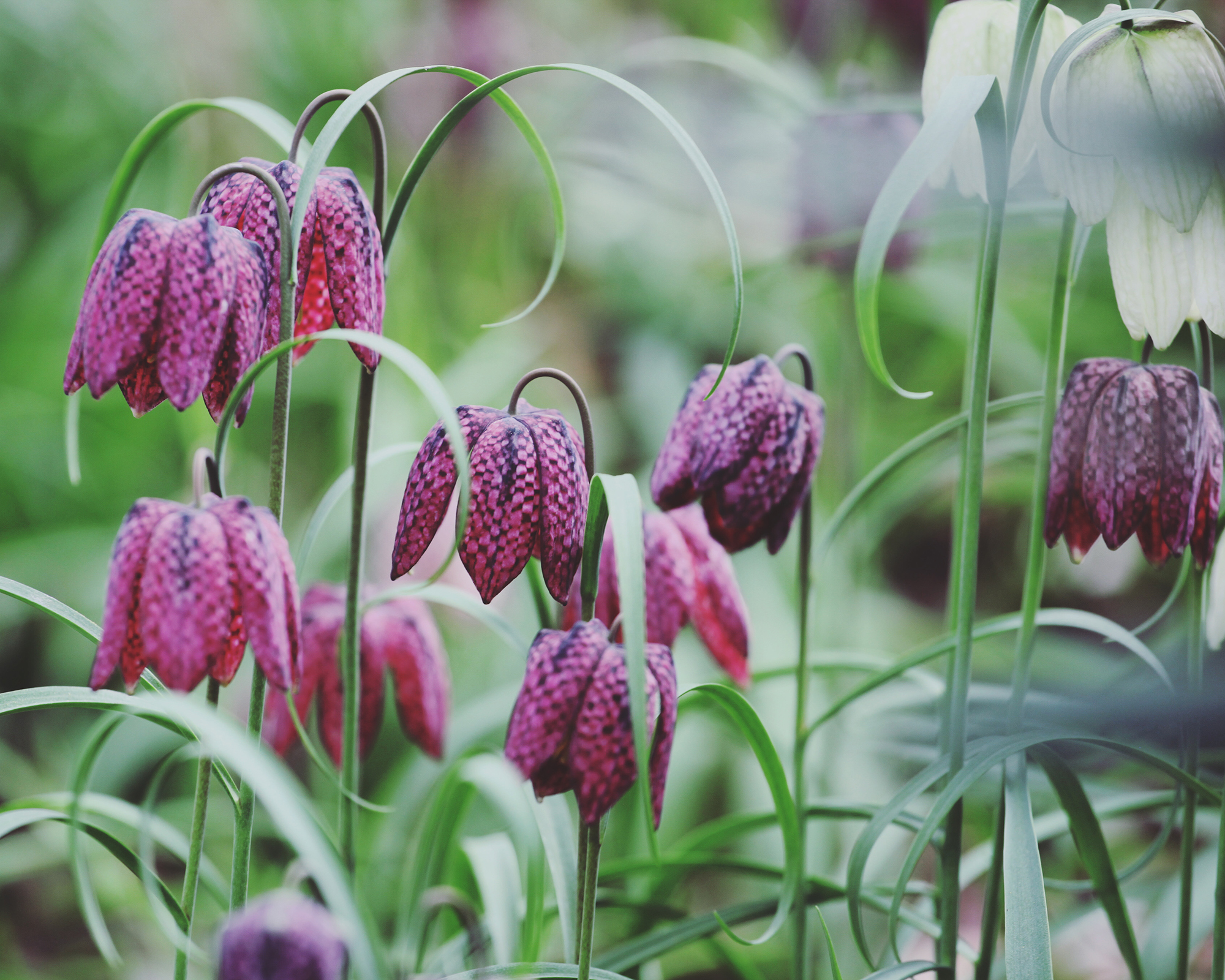
Fritillaries have fuzzy bulbs and a bitter flavor from various alkaloids and irritants, and squirrels won’t touch them. Their checkered or bell-shaped flowers, in purple or pink, pop out in April or May, giving full shade gardens a wild, woodsy vibe.
They love moist dirt and part shade, slowly spreading into clumps. Deer don’t bother them, and they’re perfect for tucked-away garden corners. Plant in fall for a reliable show. Crown imperial fritillaries are a quirky pick—they smell skunky, which keeps pests away. They’re taller, hitting 2-3 feet (0.6-1.2 m), and make a bold statement.
4. Snowdrops
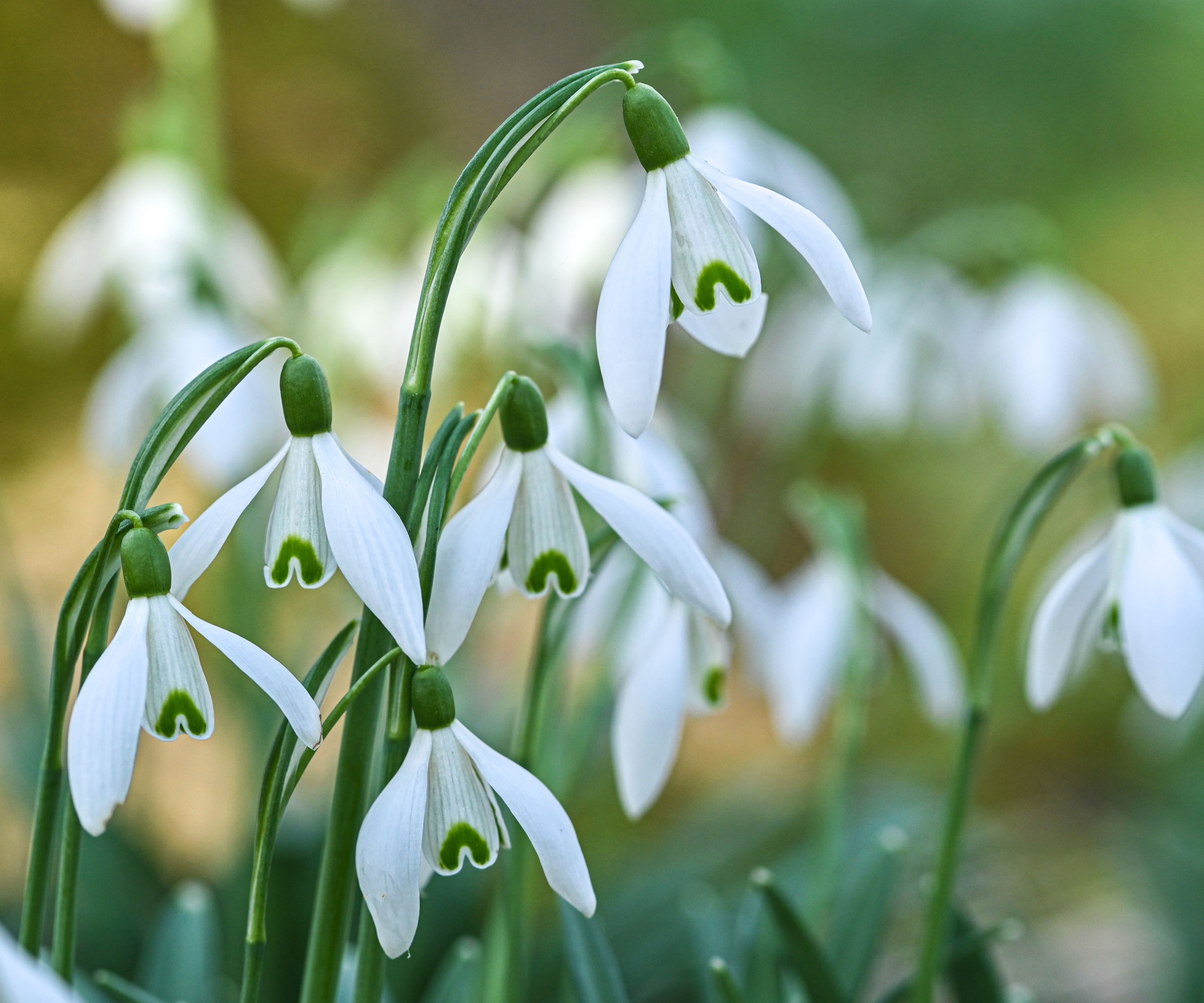
Snowdrop flower bulbs are tiny and poisonous to squirrels so they leave them alone. These February to March bloomers poke through snow with drooping white flowers, like little signs winter is packing up.
Snowdrops spread in part shade with rich dirt, making carpets under trees. Deer don’t mess with them, and they’re tough as nails. Plant in fall for the earliest spring color.
5. Lily of the Valley
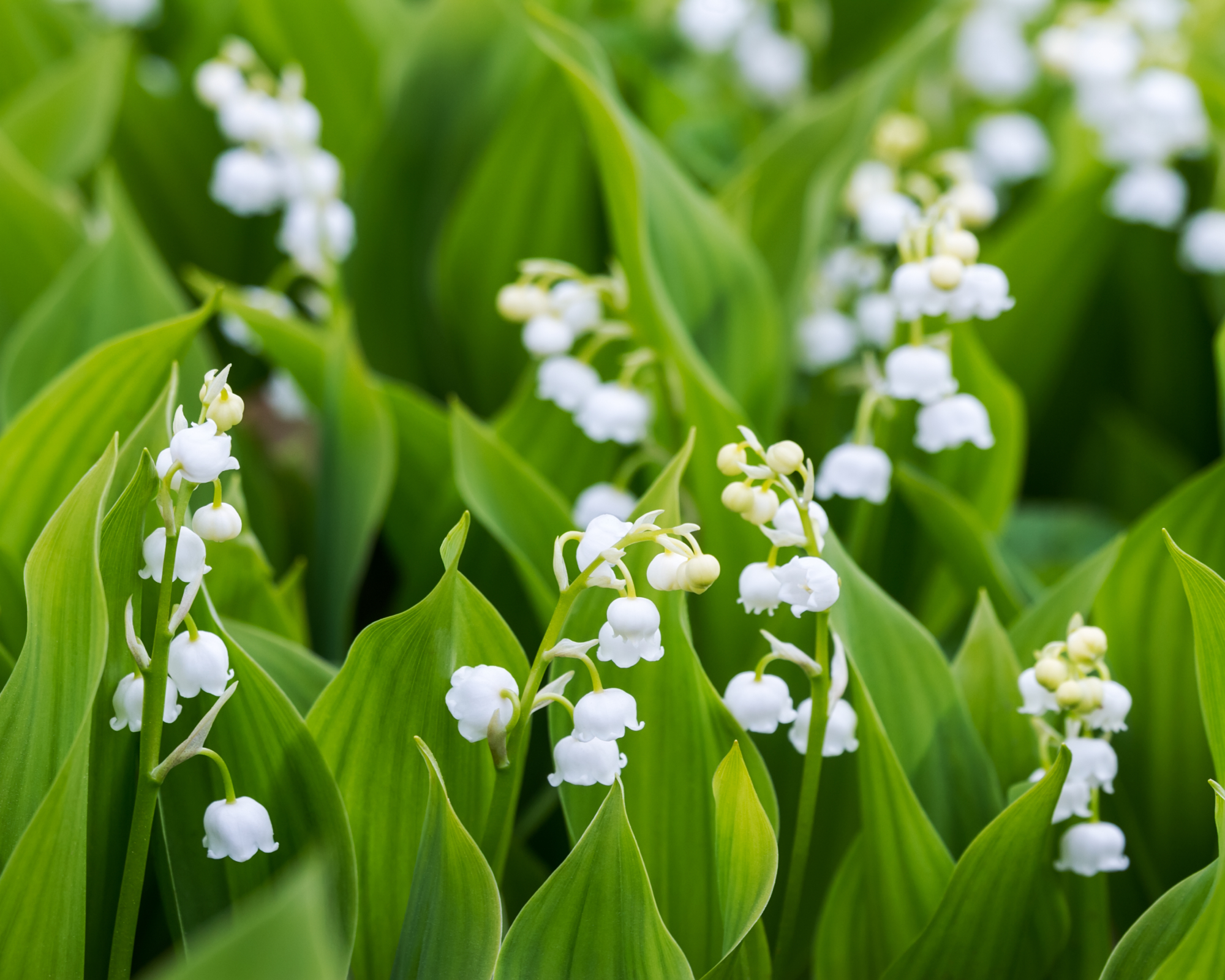
Lily of the Valley are highly toxic and have a strong scent squirrels hate. Their white bell flowers in May fill shady gardens with a sweet smell that’s hard to beat.
They spread like crazy in moist dirt, forming thick mats. Deer stay away, but watch out—they’re toxic to pets and kids. Plant in fall and mulch to keep the soil cool. A neat trick is to use them under shrubs for ground cover. They’re not fussy, but soggy soil will do them in.
6. Summer Snowflake
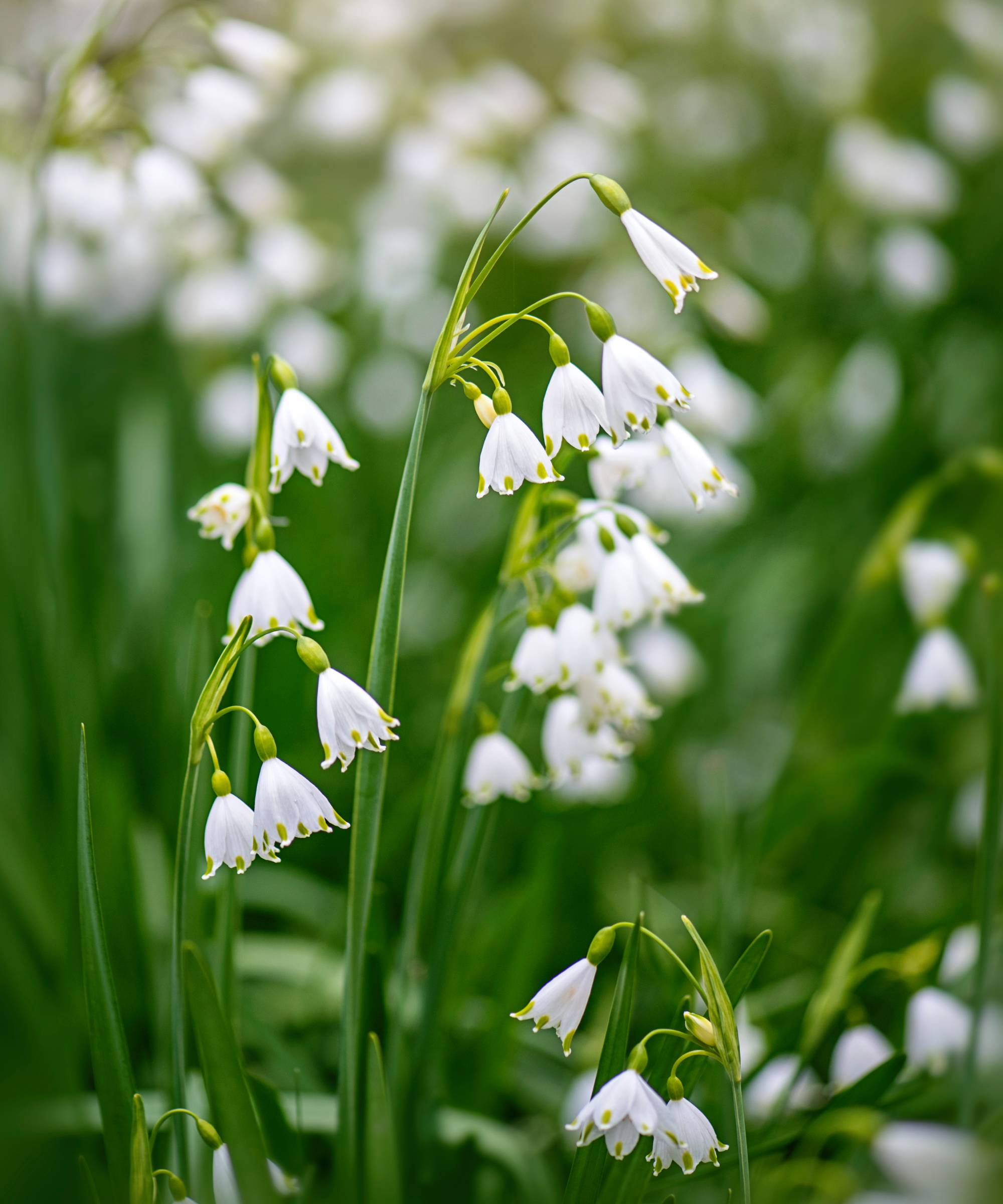
Leucojum, or summer snowflake, has toxic leaves that contain lycorine and other alkaloids squirrels avoid. Their white, drooping flowers bloom in April to May, adding a graceful touch to damp spots.
They like moist soil and part shade, spreading slowly into groups. Deer don’t bother them, and they’re nice for woodland gardens. Plant in fall for a reliable show. I plant in borders—they hold up well in wet spots.
7. Squill
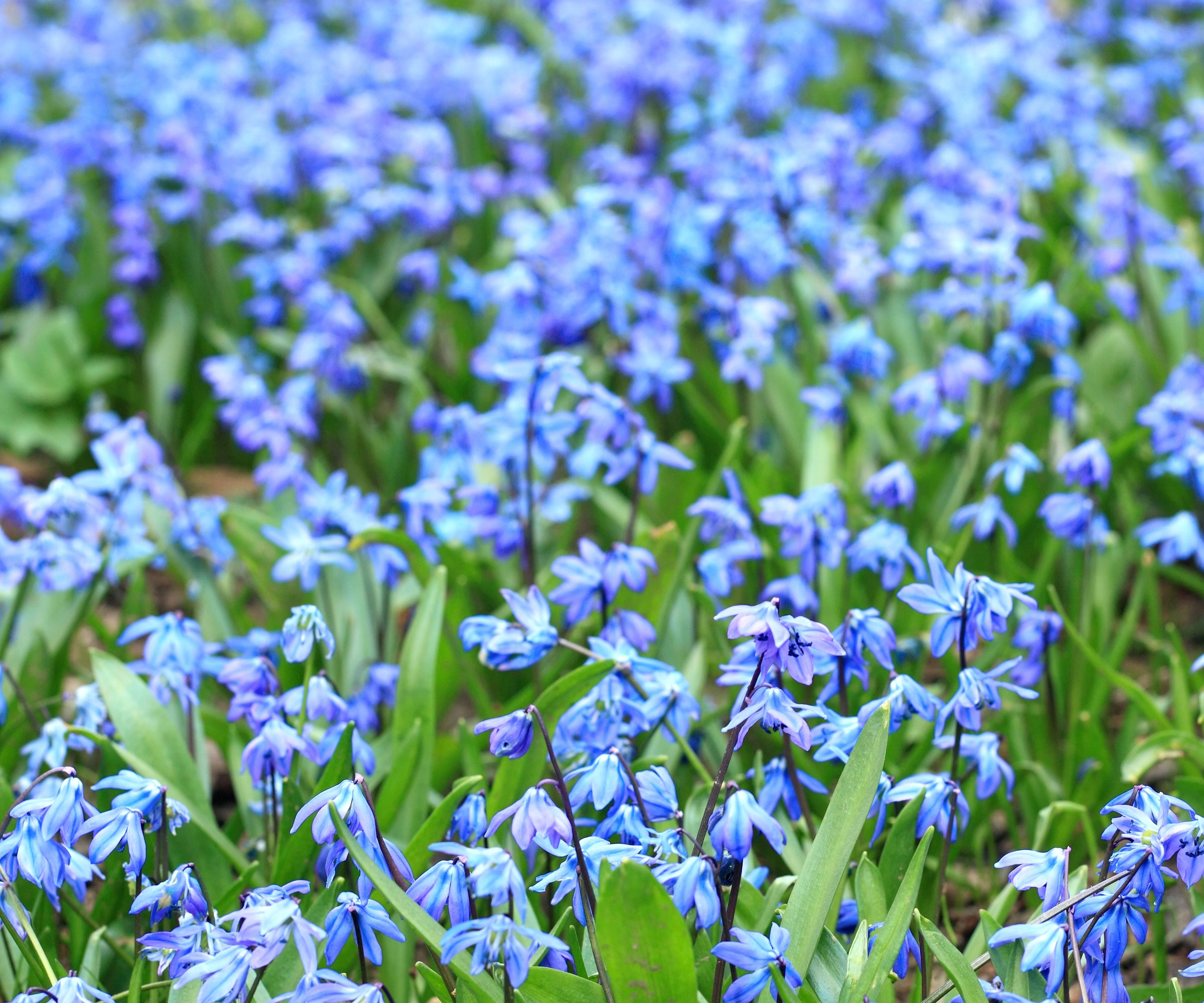
Siberian squill bulbs are small and bitter, containing scillaren A and other cardiac glycosides that are toxic, so squirrels pass them by. These March bloomers throw out blue or white star flowers that spread like wildfire in lawns or borders.
Full sun or part shade with well-drained soil suits them. They’re low-maintenance and multiply fast. Plant in fall for a blue wave that screams spring. They’re great for mixing with early tulips that squirrels might actually leave alone.
8. Grape Hyacinths
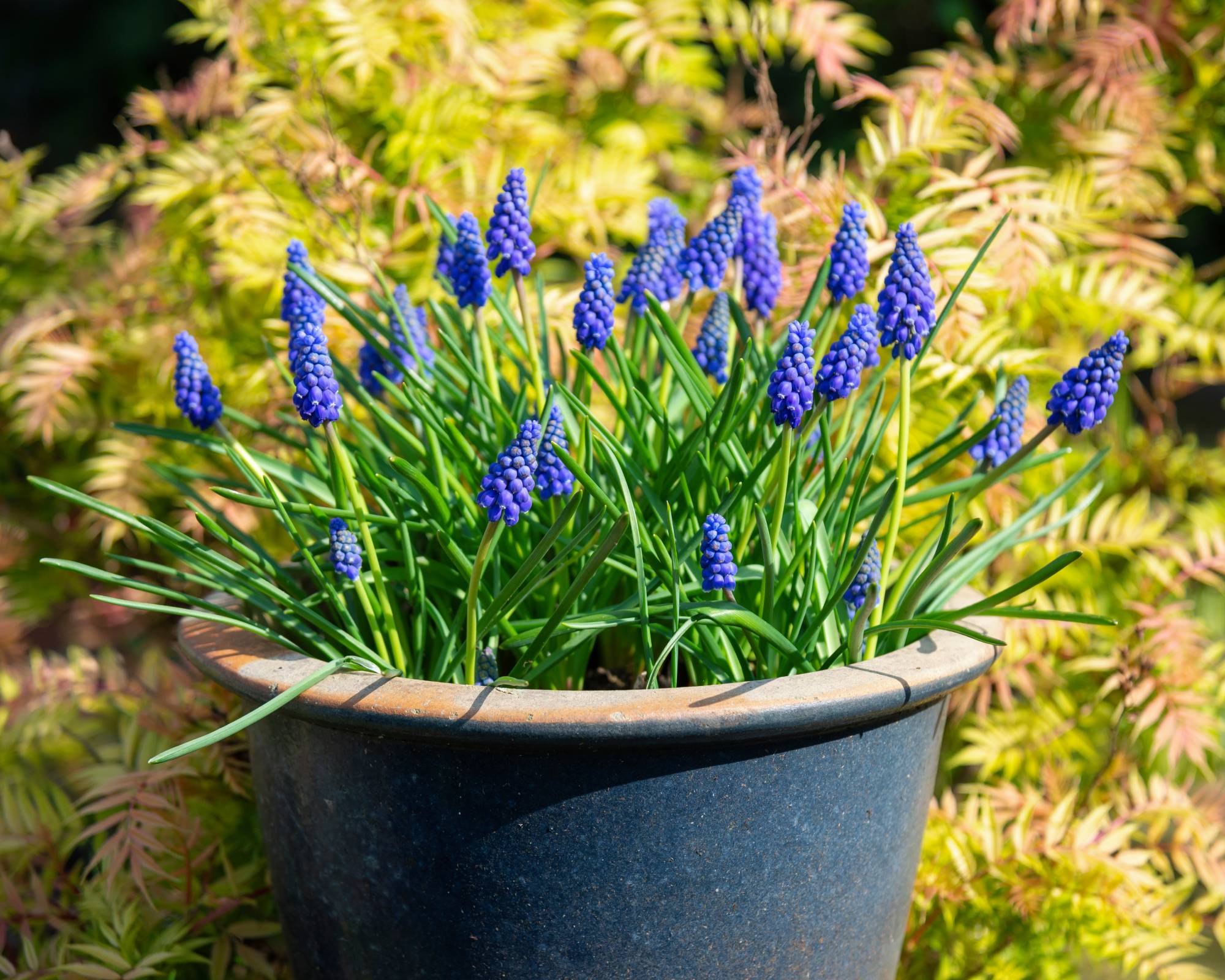
Grape hyacinths have a musky smell and hard bulbs squirrels don’t bother with. They also contain saponins and other bitter compounds that deter eating. Their April blooms, like little grape clusters in blue or purple, are perfect for edging beds.
They handle part shade and well-drained dirt, spreading slowly. Deer don't like them either, and they’re easy for new gardeners. Plant in fall for gorgeous spring color. Taller varieties of grape hyacinths add a bit of height and drama. You can mix them with daffodils for a layered look that holds up.
Planting Tips to Protect Bulbs
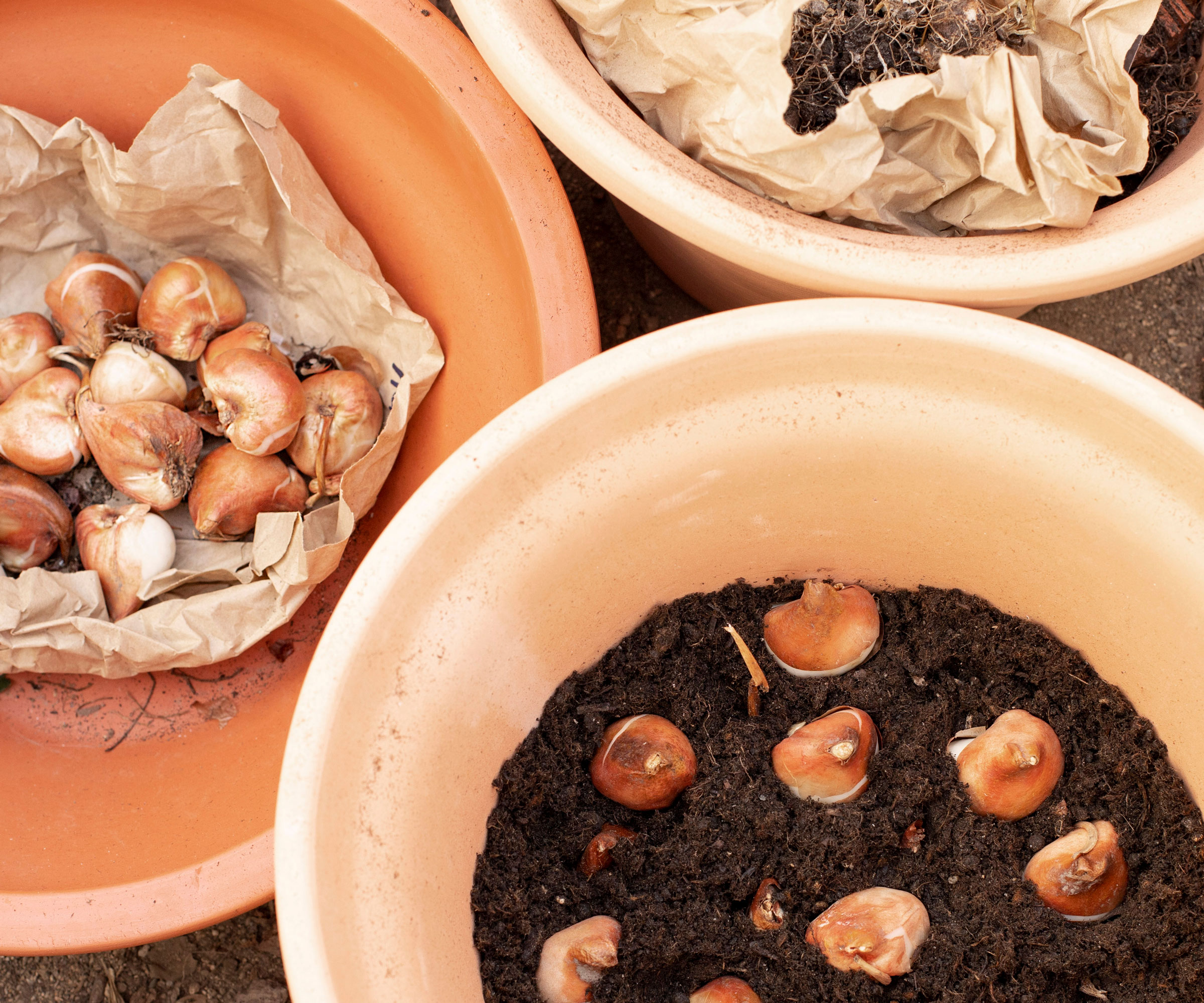
Plant squirrel-resistant bulbs in well-drained dirt with full sun or some shade. Dig holes 4-6 inches (10.1-15.2 cm) deep, spacing them 3-6 inches (7.6-15.2 cm) apart. Lay down chicken wire or hardware cloth before covering with soil to stop squirrels from digging. This metal chicken wire mesh from Amazon will do the trick.
Mulch with sharp gravel or thorny branches to make it tough for rodents. You can also use the stick trick to repel squirrels. Grouping bulbs tightly helps too—they’re harder to single out. Water after planting, then let fall rains take over unless it’s dry as dirt. These tricks keep your bulbs safe and blooming.
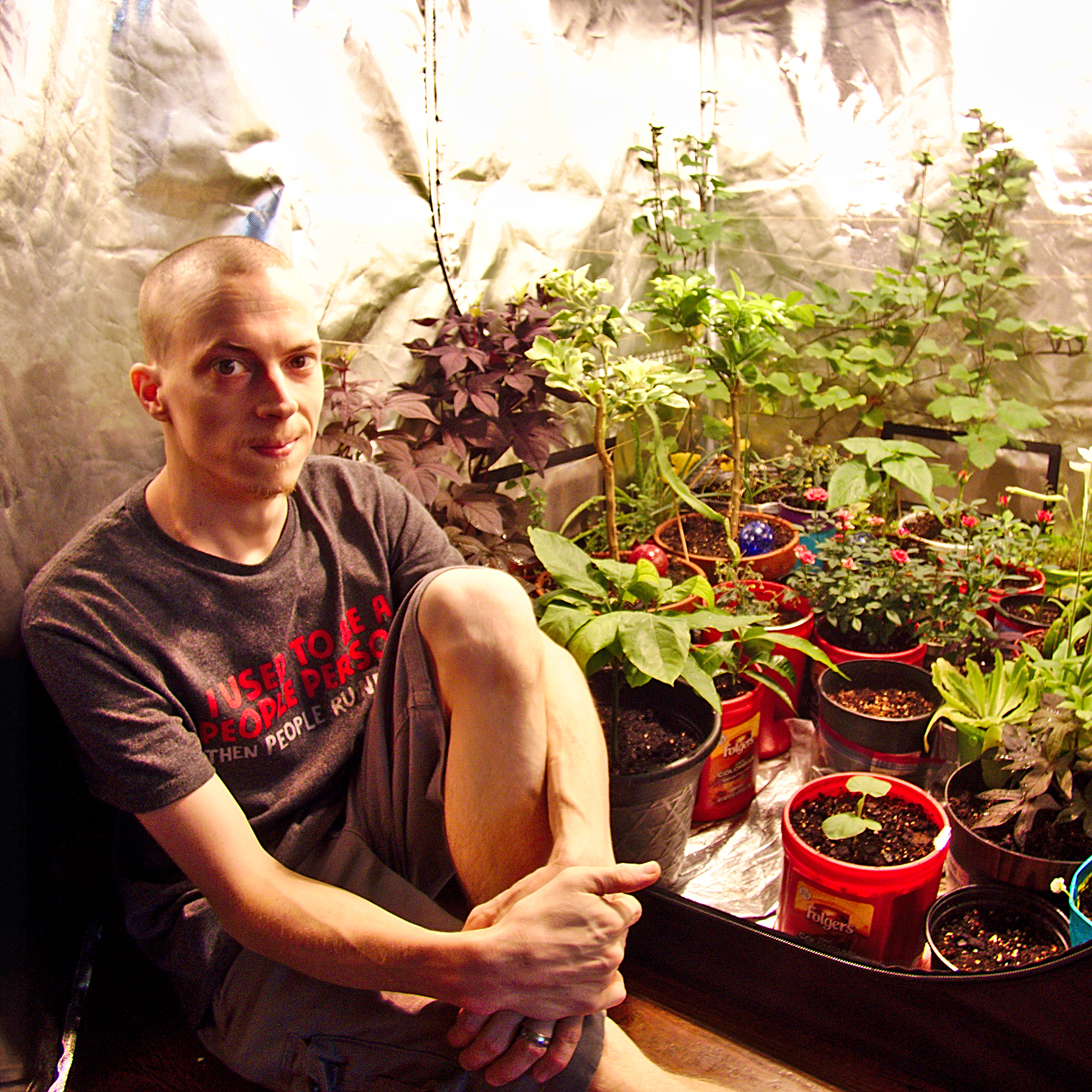
Tyler’s passion began with indoor gardening and deepened as he studied plant-fungi interactions in controlled settings. With a microbiology background focused on fungi, he’s spent over a decade solving tough and intricate gardening problems. After spinal injuries and brain surgery, Tyler’s approach to gardening changed. It became less about the hobby and more about recovery and adapting to physical limits. His growing success shows that disability doesn’t have to stop you from your goals.